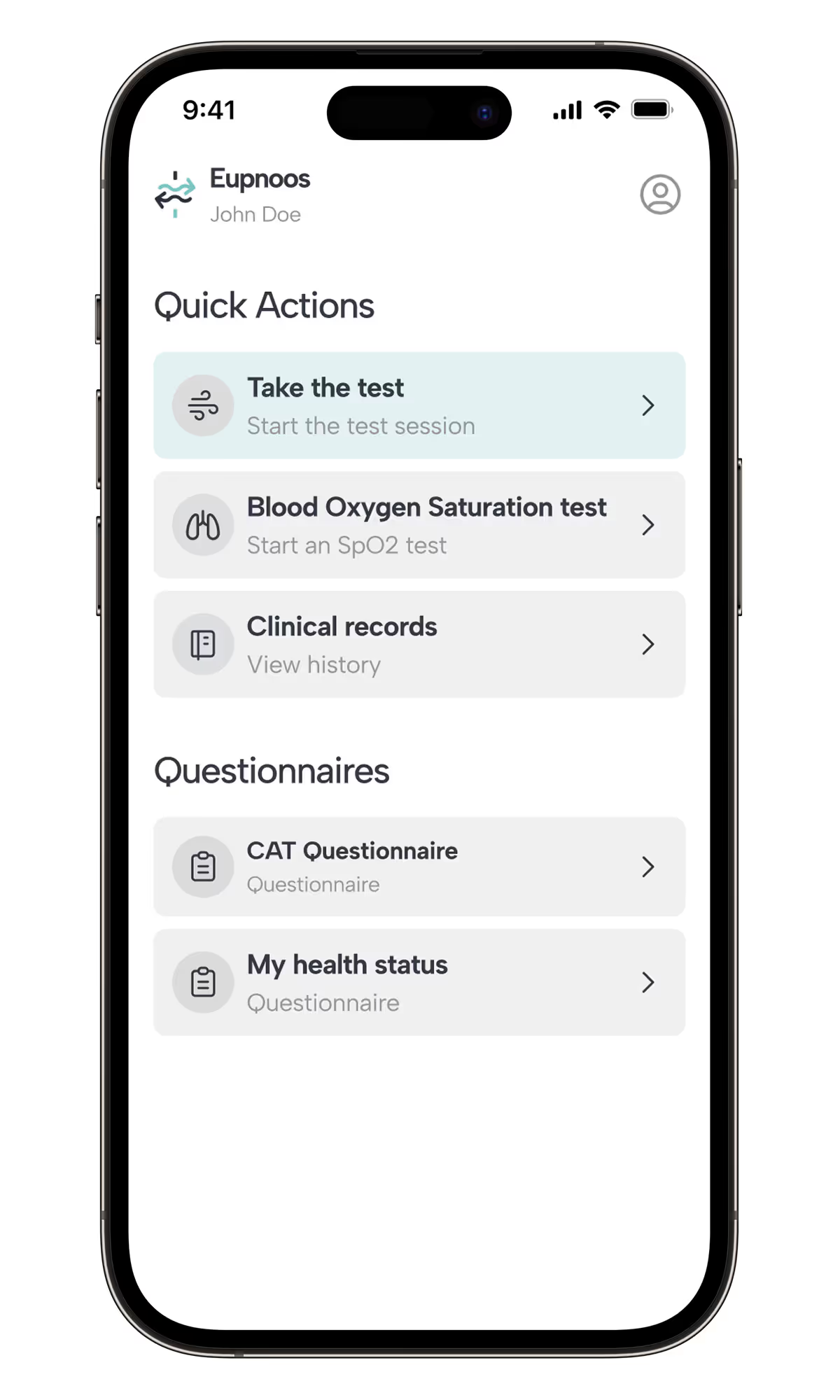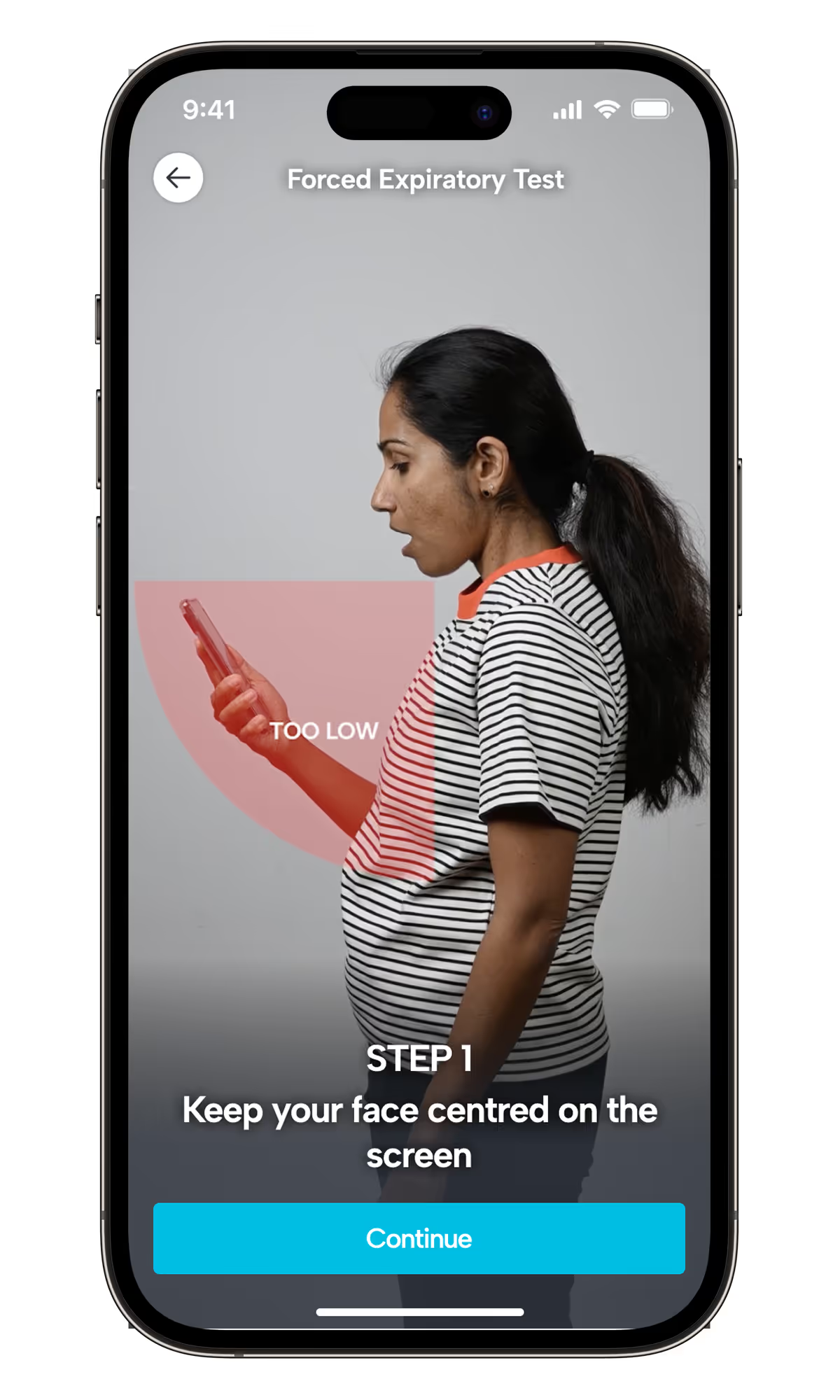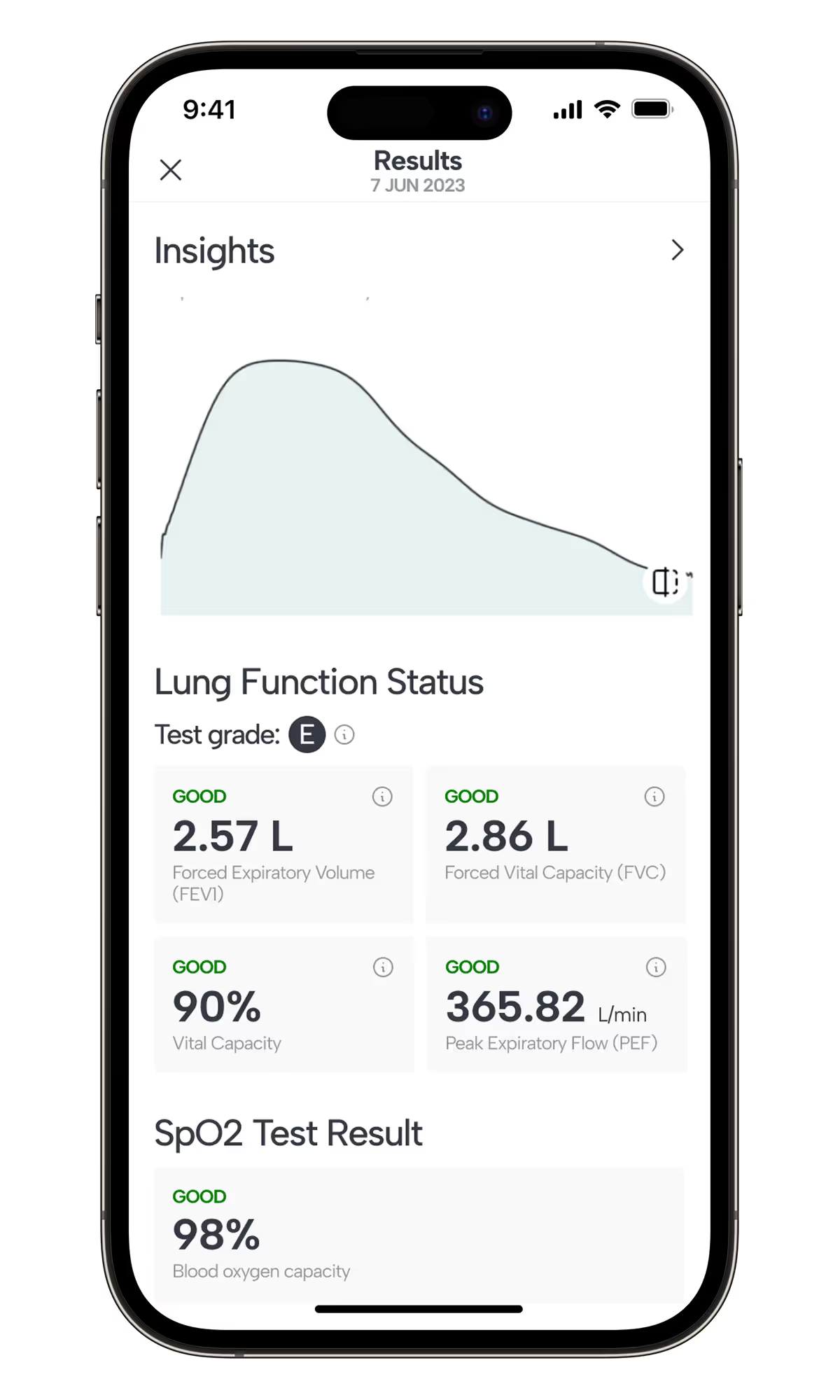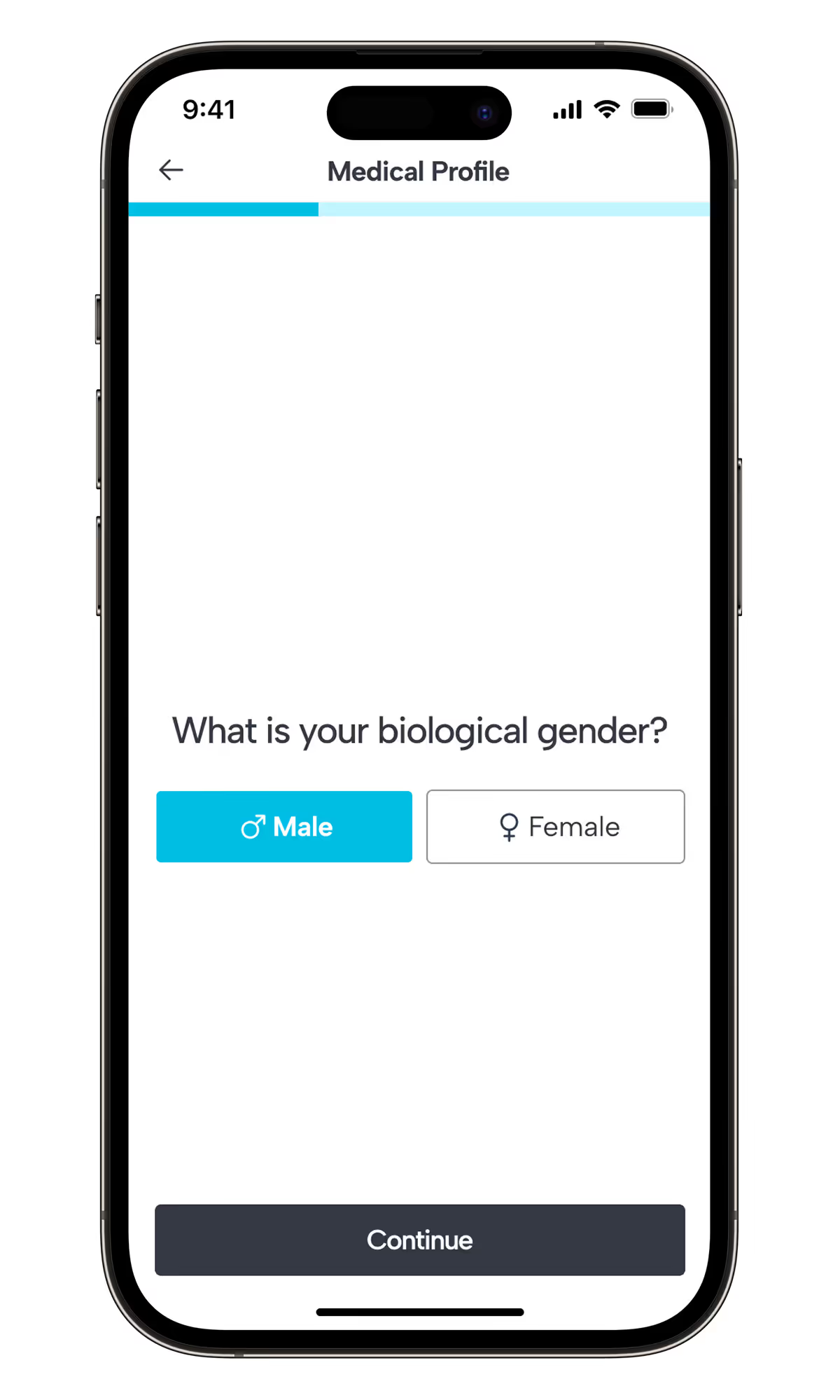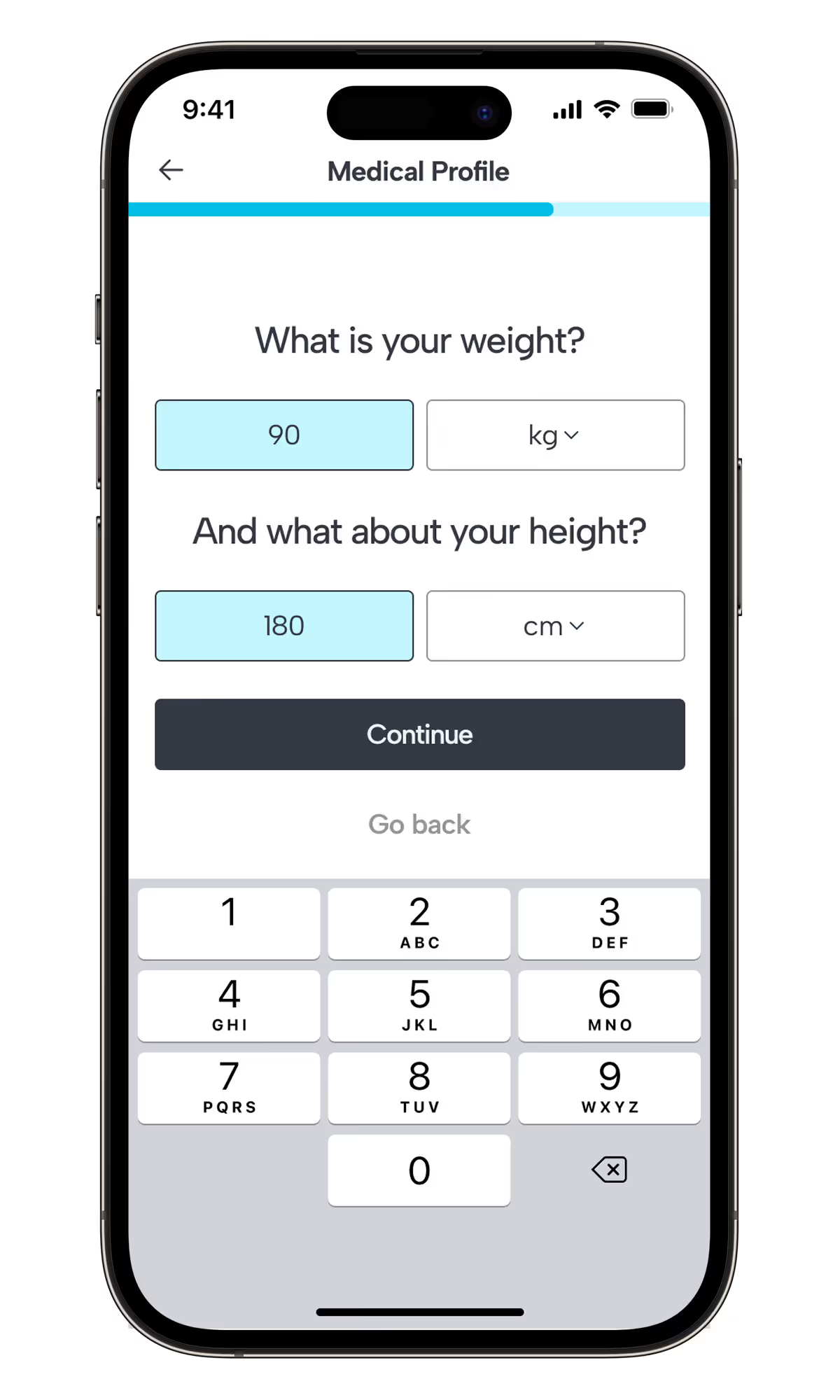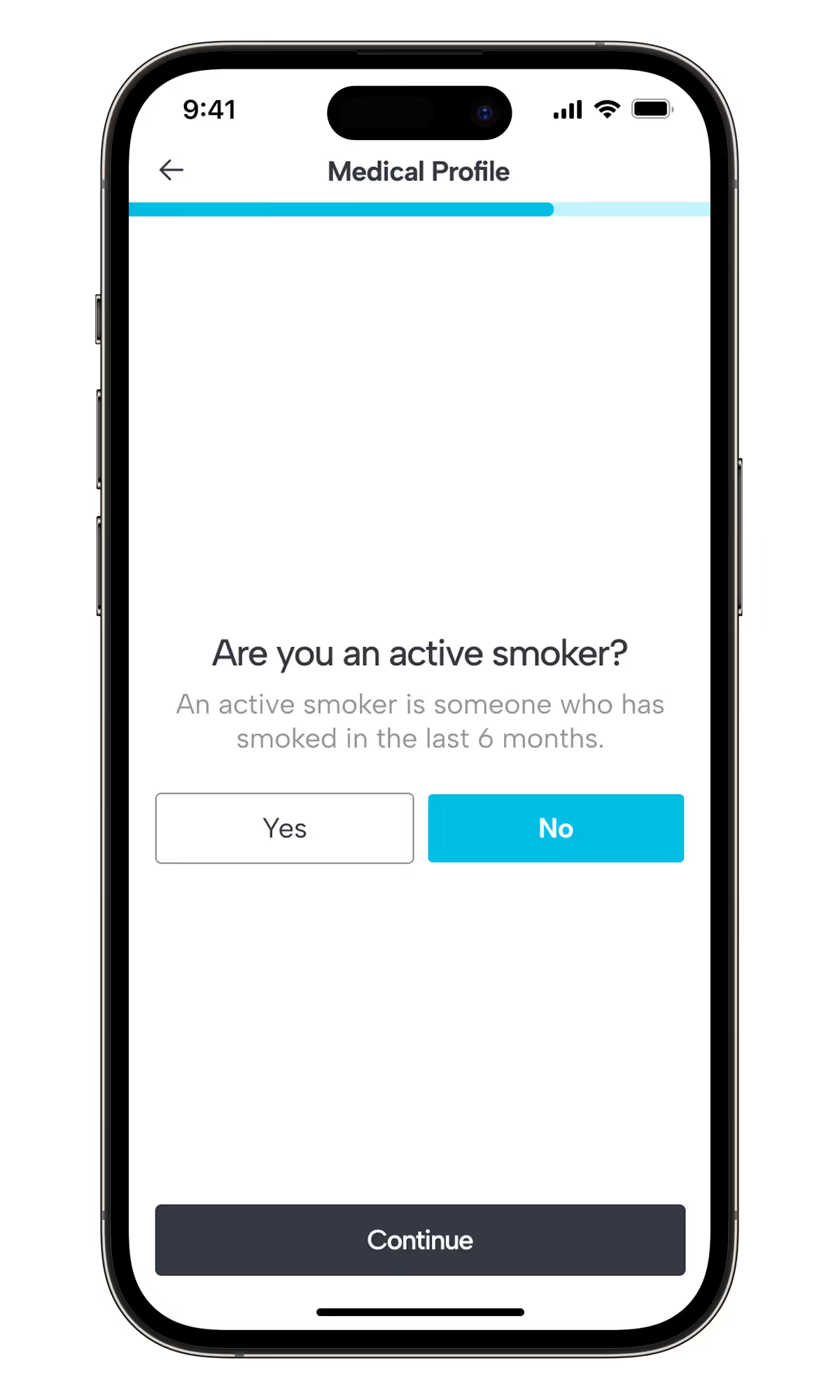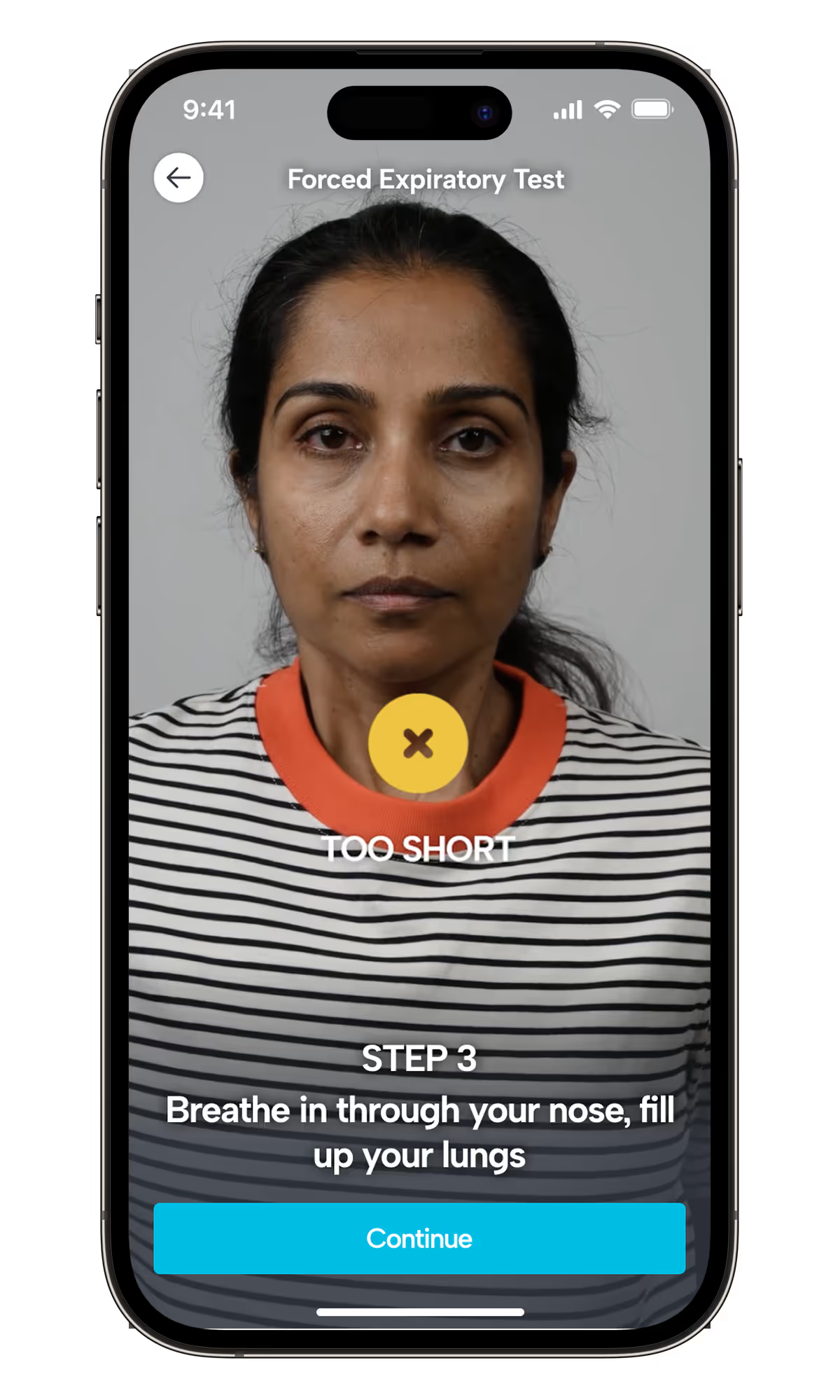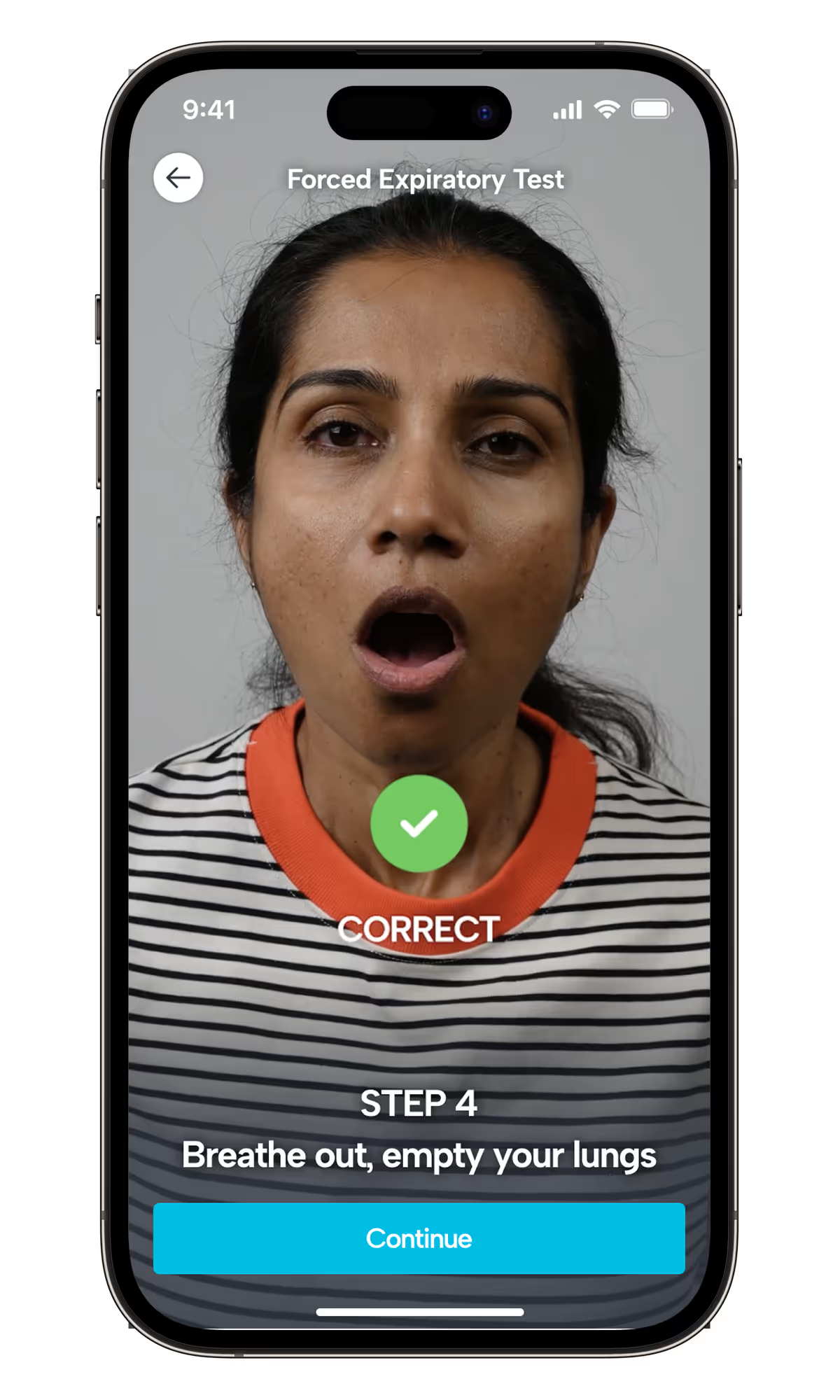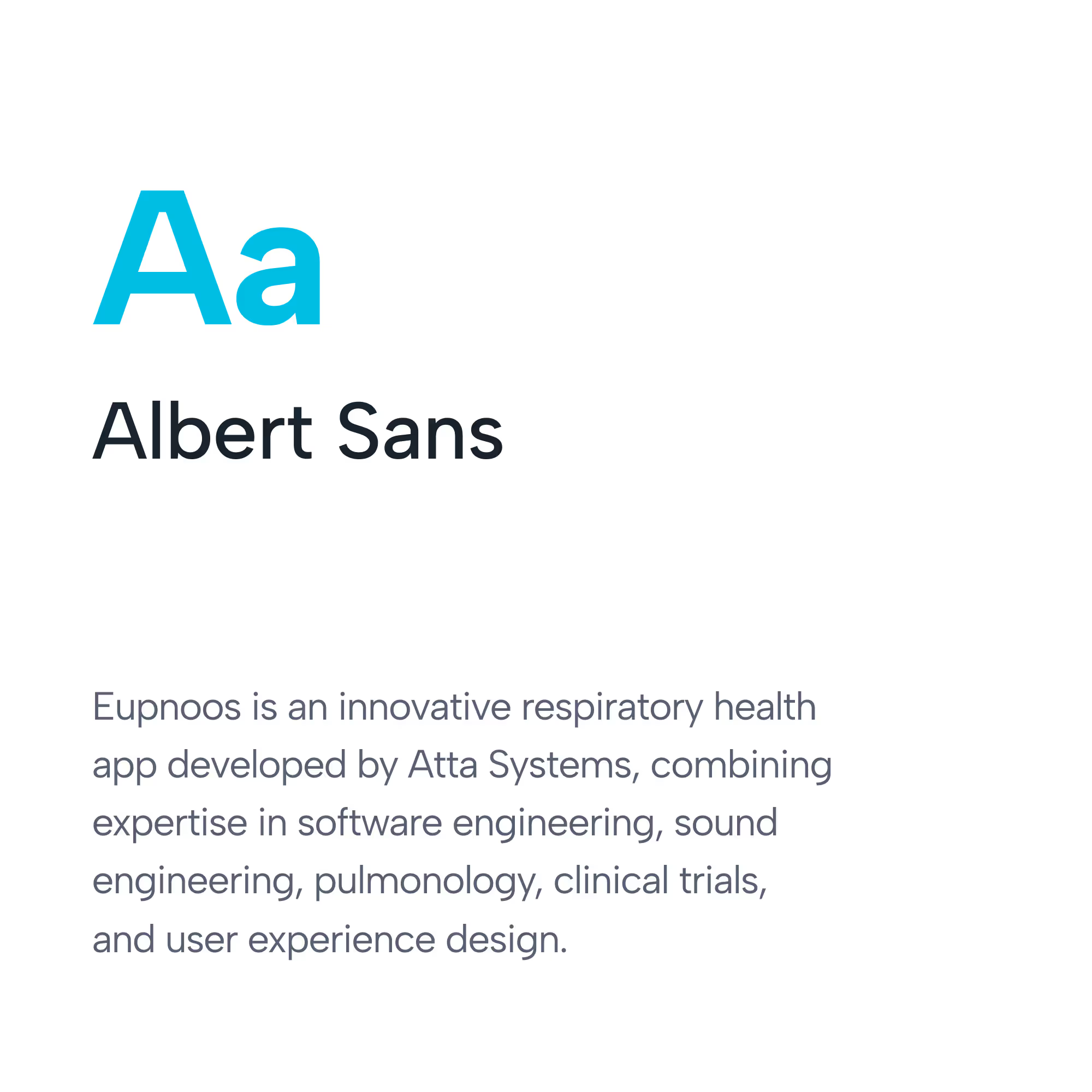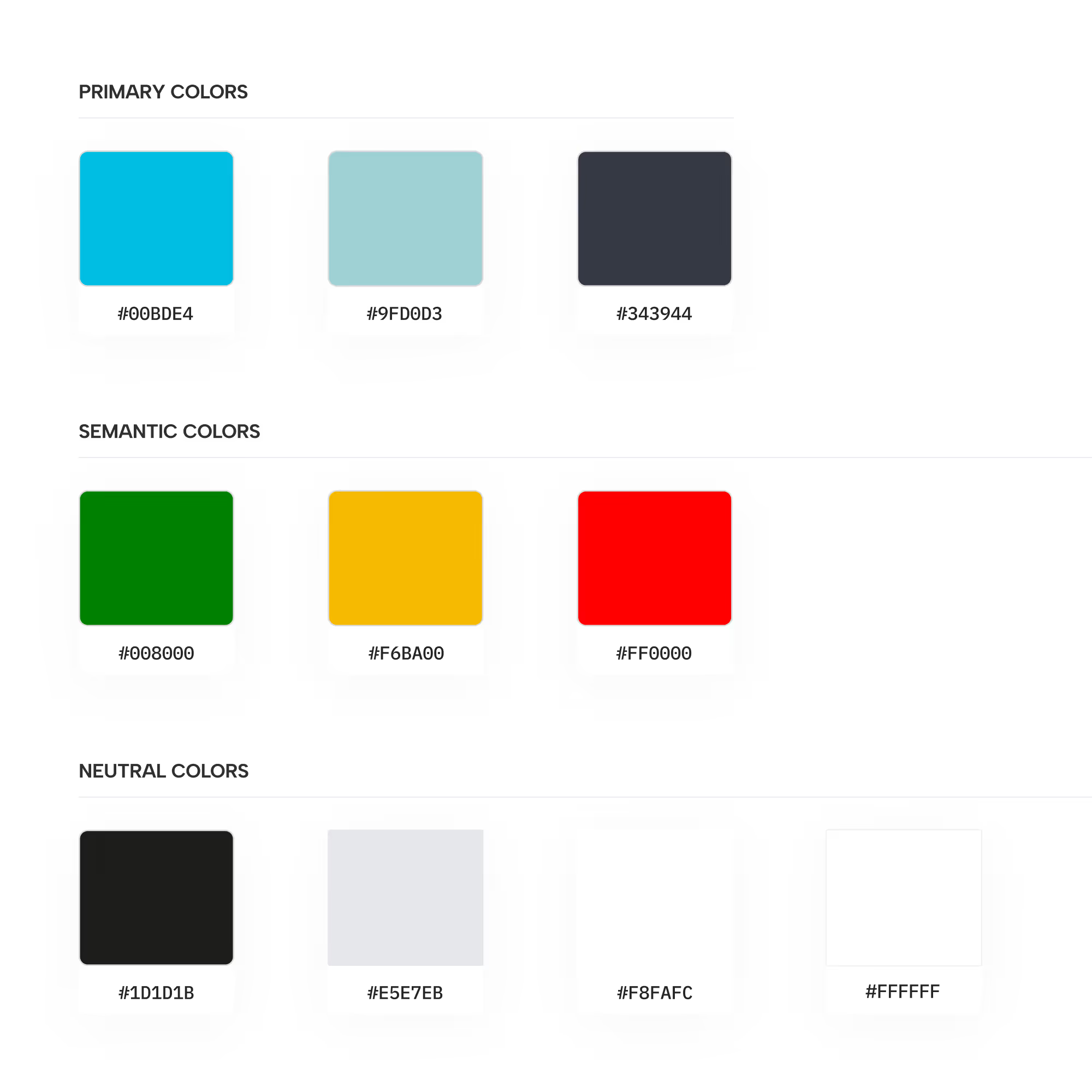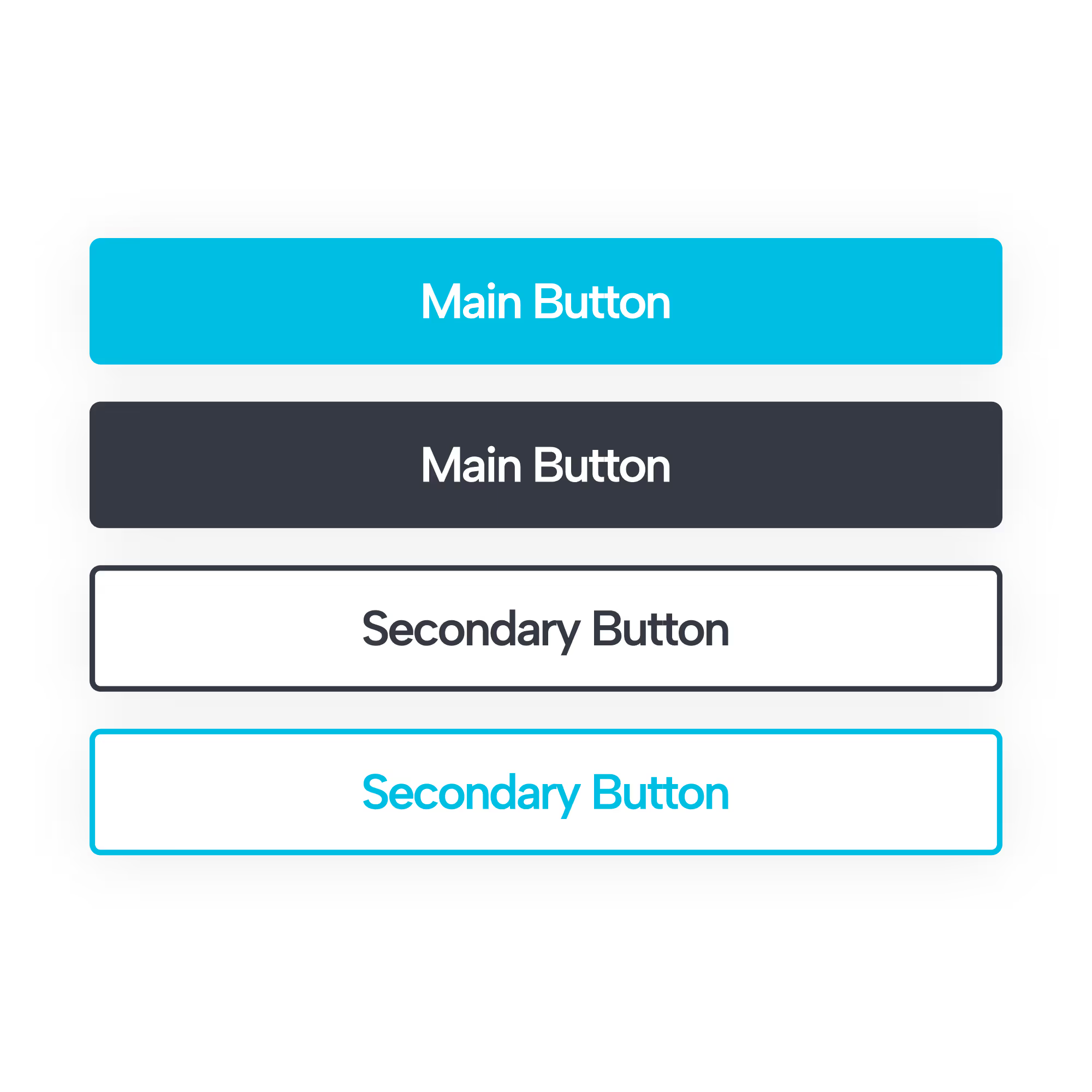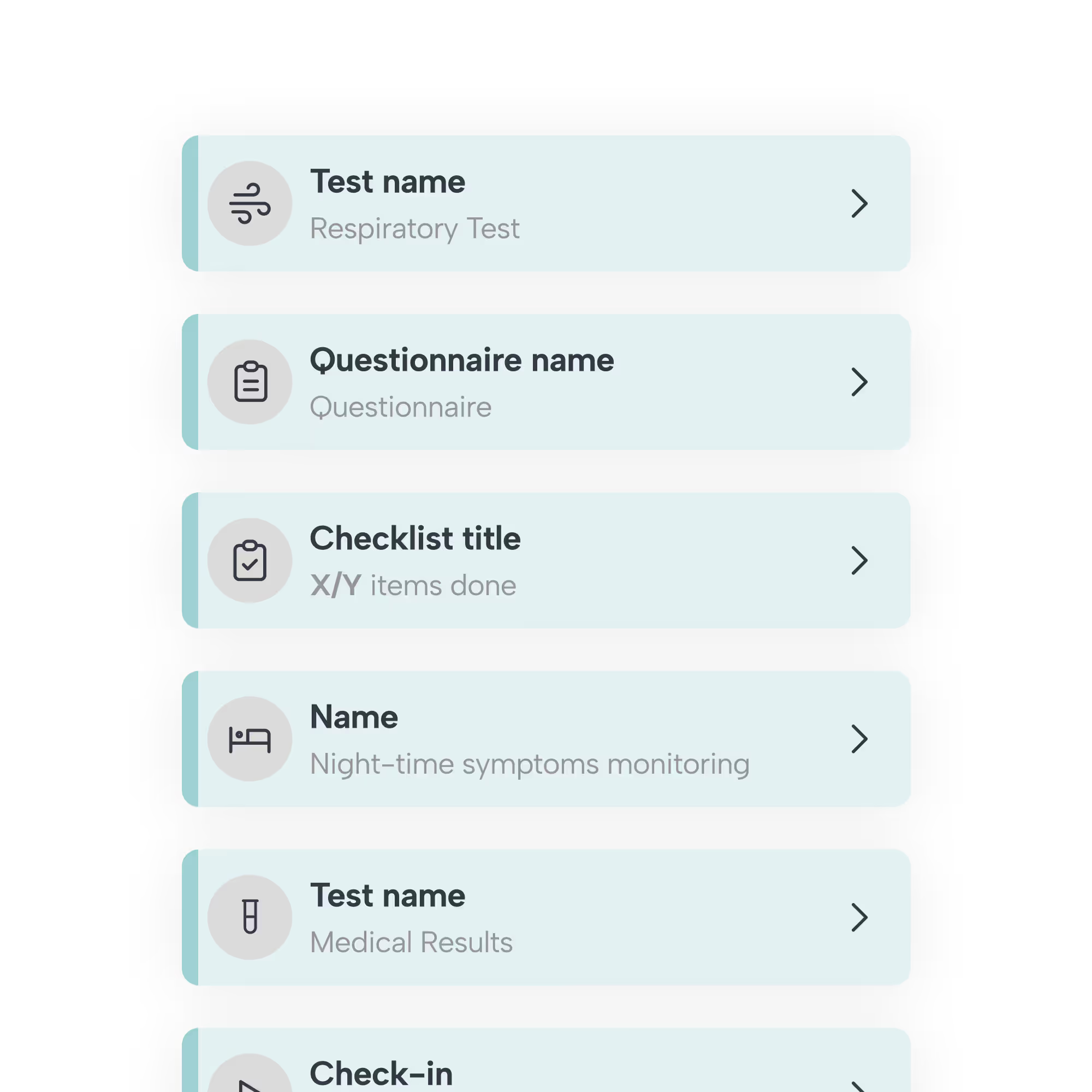Summary
My Role
LEAD PRODUCT DESIGNER
MOBILE APP (iOS & ANDROID)
2023 - 2024
As the lead product designer, I was responsible for the end-to-end design of the mobile app.
I worked with a multidisciplinary team of engineers, pulmonologists, and researchers across four countries to conduct user research, design the computer vision guidance system, create a trustworthy results interface, and establish a cross-platform design system.
The Problem
70% of the 300 million people with COPD go undiagnosed, largely because spirometry is slow, expensive, and requires specialists, leaving “diagnostic deserts” worldwide.
Eupnoos built breakthrough AI to analyze breath sounds, but the real challenge was earning doctors’ trust: convincing them to choose software over $20,000 hardware and making the AI transparent in a field where trust is critical.
